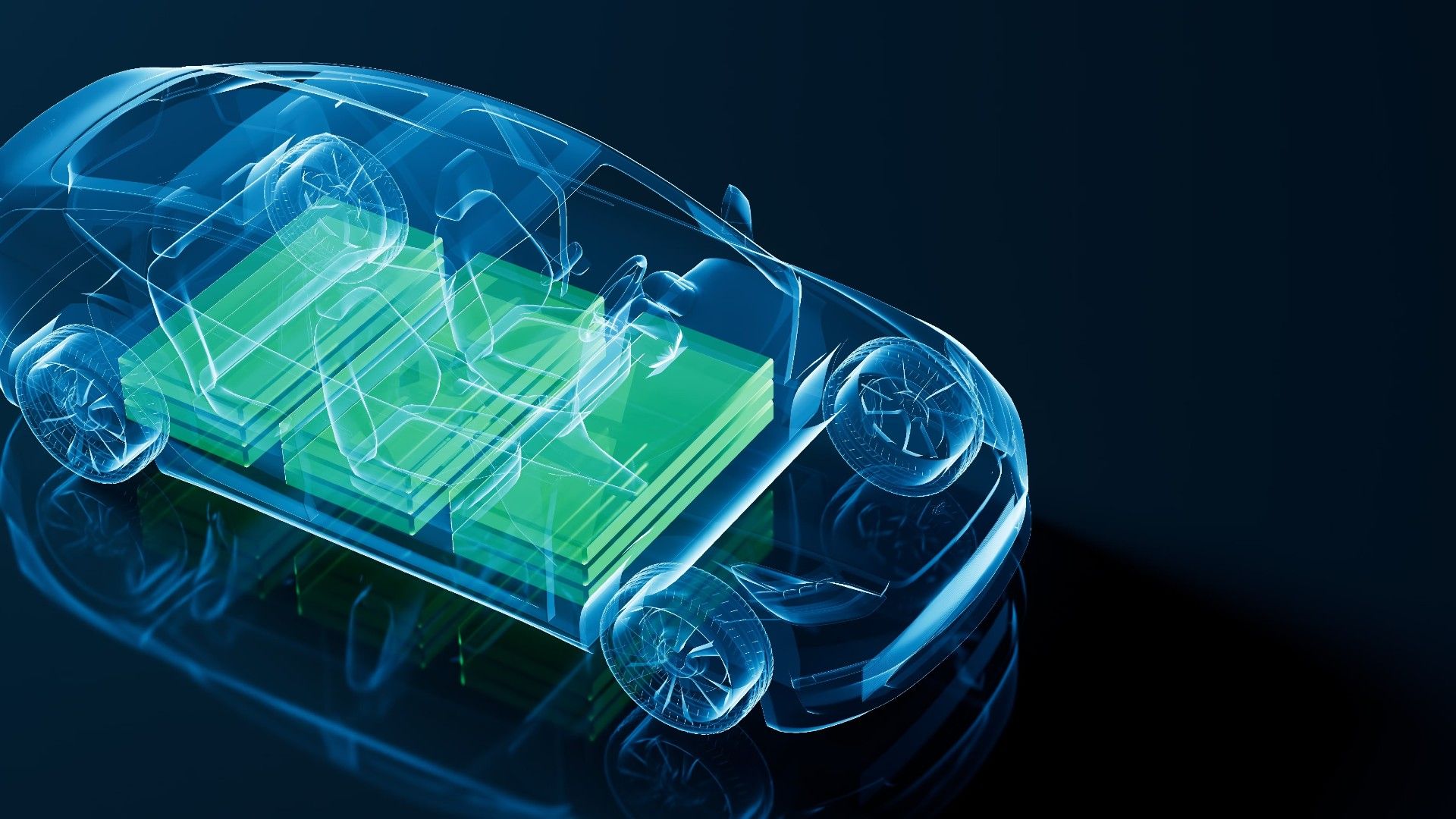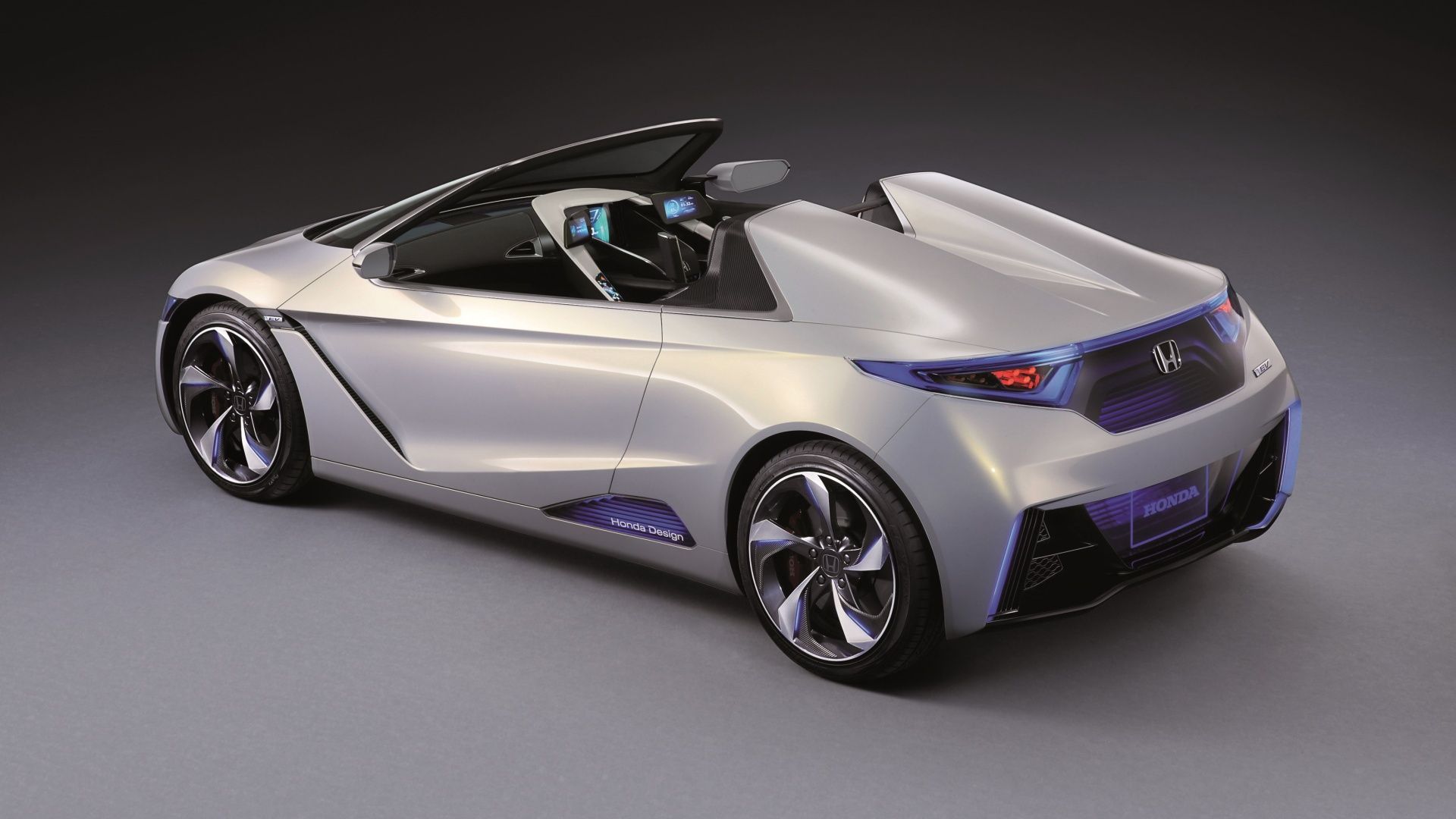
Once upon a very recent time, there was a Japanese car manufacturer that was legendary for its reliability. Its vehicles, both the mundane and the fun ones, were perennial bestsellers. Car magazines consistently gave its vehicles good ratings for reliability. Because every vehicle in its lineup was nearly indestructible unless one poured gravy into the gas tank, car journalists tended to give respectful nods to even the most boring family schleppers in its lineup.
However, when electric cars started to take over from internal combustion engines, the company seemed hesitant to put out an EV of its own. Instead, it put out an assortment of hybrids and a hydrogen-powered car or two. Then, it reentered the EV market with a well-designed yet inoffensive middle-of-the-road SUV.
Indeed, this stalwart of Japanese automotive reliability didn’t seem to have any plans to introduce a line of battery-powered EVs in the near future. Instead of cranking out electric cars as soon as possible, it was developing solid-state batteries that would hopefully be ready for production at the end of the 2020s.
That wasn’t Toyota’s recent history. It’s Honda’s. It’s surprising how often one company can borrow the history of another. Honda has barely given the public any hints that it was even slightly interested in solid-state batteries (often shortened to SSBs), but it may have solved a problem that shortens their lifespans.

Here Are The Safety Benefits Of Solid-State Batteries In EVs
Solid-state batteries present a number of safety advantages. However, the recent studies present a more nuanced narriative
In order to give you the most up-to-date and accurate information possible, the data used to compile this article was sourced from various manufacturer websites and other authoritative sources, including Motor Trend, Hagerty, Ars Technica, and Car and Driver.
Honda’s Solution To Dendrites
- Honda is adding polymer layers to its SSBs
- The company is already working out mass-manufacturing processes
To put it quite simply, Honda is putting a layer of polymer-based fiber between the electrodes at either end of the battery and the electrolyte in the middle. This is claimed to completely prevent dendrites from forming (or at least, make dendrites a lot rarer). As a short scientific clarification, a polymer is not the same as a plastic. Plastics are a type of polymer, but not all polymers are plastics. (It’s similar to how all spaghetti is pasta, but not all pasta is spaghetti.)
It’s quite refreshing to see that for once, the simple solution actually works. If batteries wear out when the divisions between their internal layers start breaking down, why not put extra barriers inside them? As anyone who has ever worked in design, engineering, and architecture knows, the obvious solution to a problem often comes with a long and insurmountable list of reasons why it would never work.
Honda’s Other SSB Manufacturing Plans
Honda is also roll-pressing the internal components of the batteries instead of stamping them out. Roll-pressing allows for better control of the battery components’ thickness. (For those who haven’t heard of roll-pressing, it is simply when an object is flattened by squeezing it between two rollers.) Granted, hearing about manufacturing processes is mildly interesting.
However, the real news that almost lies hidden behind the roll-pressing is that Honda is already making manufacturing plans for its SSBs.

What Toyota’s New Solid-state Battery Partnership Means For The EV Industry
Toyota has partnered with a petroleum company, Idemitsu, for the development of solid-state batteries, and here’s how it could impact the industry.
What Exactly Does A Dendrite Mean
- Dendrites are tree-shaped crystals that form in lithium-based batteries
- They cause the battery to short-circuit inside itself, ending its useful life
As a lithium-ion battery is repeatedly drained and recharged, the lithium inside can form little gritty crystals called dendrites. When examined under magnification, these lithium crystals are shaped like branching trees. (The word “dendrite” comes from the Greek word for tree.)
Research Still Doesn’t Know Why Dendrites Happen
Scientists still aren’t sure what causes dendrites in batteries. A recent study from MIT suggests that the solid-metal electrodes at each end of the battery can develop micro-cracks as they repeatedly get hot and cool off – Batteries always warm up at least a little bit whenever they’re used, and then grow cold again afterward.
As the lithium ions in the battery get pushed back and forth every time the battery gets drained and recharged, they can penetrate the electrodes at either end of the battery. This gives the dendrite crystals a starting point from which they can grow.
Why Dendrites Ruin Batteries
These lithium crystals ruin batteries. As the dendrites grow, they can start carrying the electricity inside the battery through routes it shouldn’t take. In other words, dendrites cause the battery to short-circuit itself from within. When this happens, the battery has reached the end of its life.

10 Companies Relentlessly Working On Solid State Batteries
By making EVs more practical and efficient, solid-state batteries will reshape the future of sustainable energy.
Solid-State Batteries: A Short Overview
Solid state batteries, simply put, are batteries that store their energy in solid matter. (In other types of batteries, the energy is stored in a liquid or a paste.) While solid-state batteries already have a long history, they tend to go into very small devices like pacemakers and hearing aids. Car-sized solid-state batteries just haven’t been done. However, the auto industry really wants SSBs to supersede the lithium-ion batteries currently used in nearly every EV.


